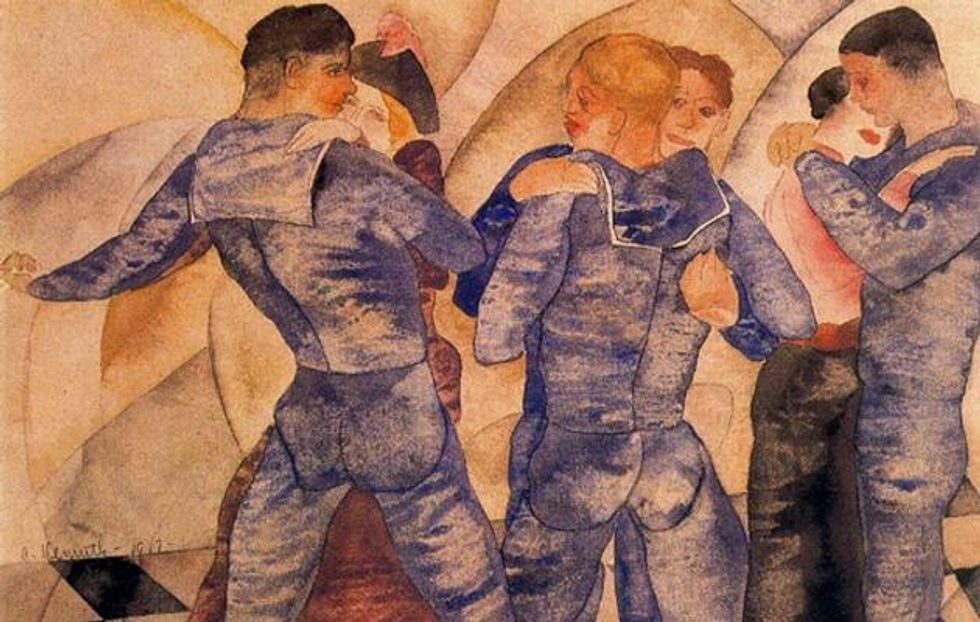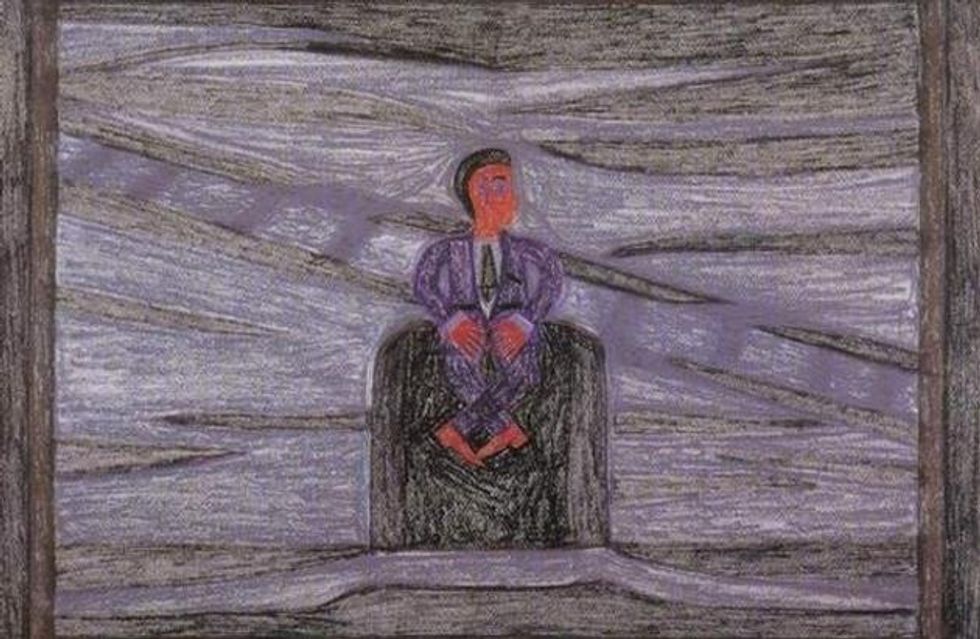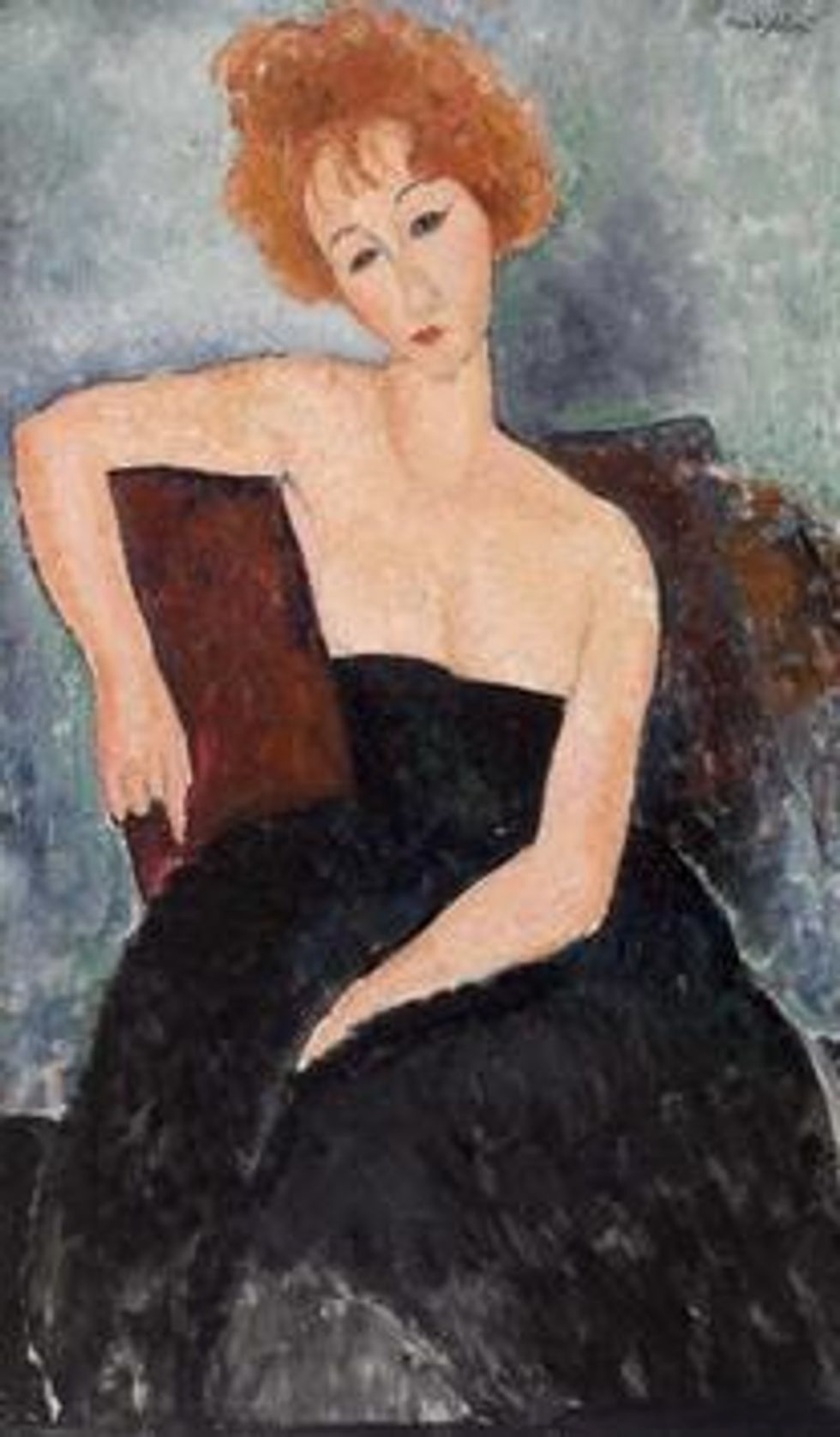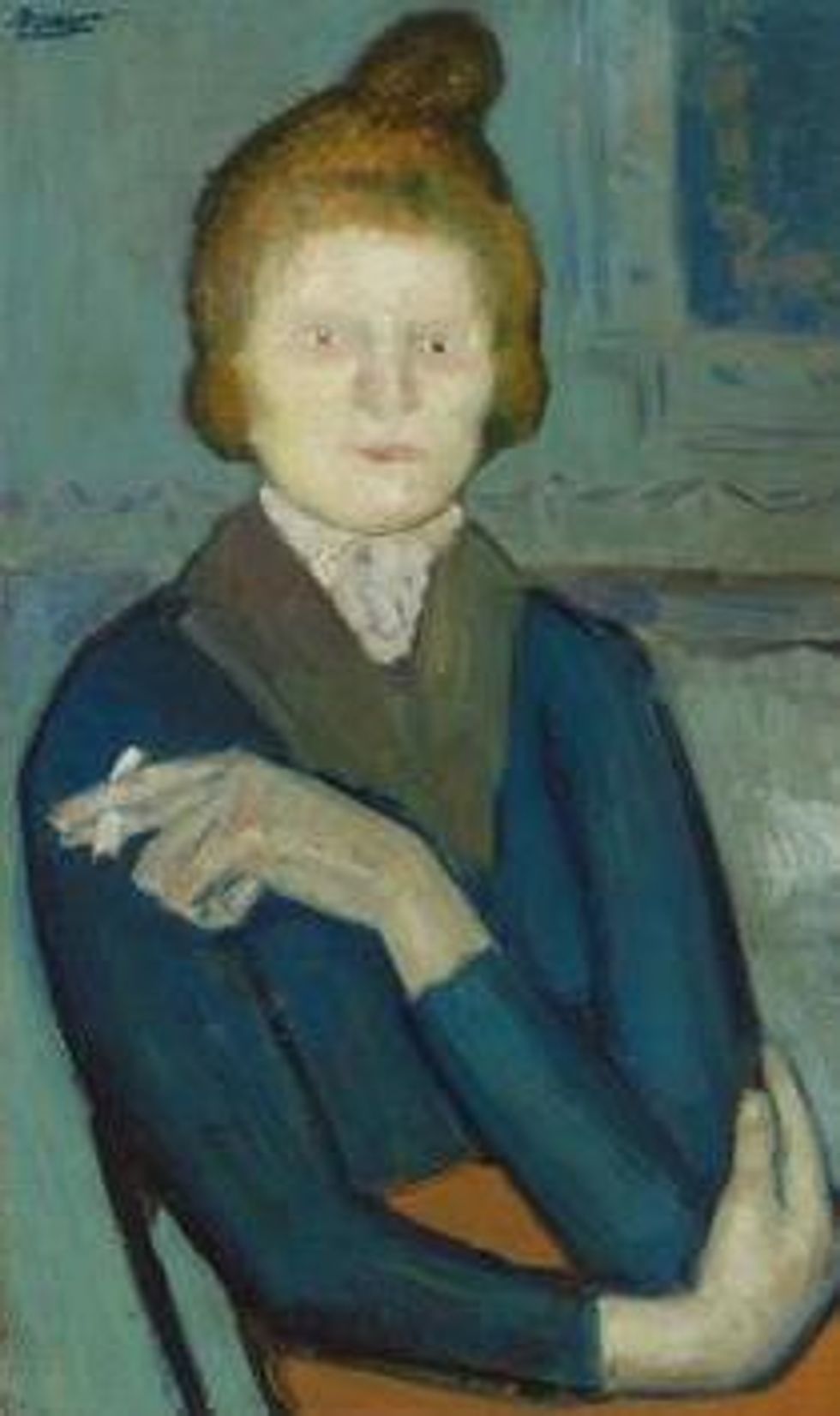Albert C. Barnes definitely thought about legacy, particularly his own. A Philadelphia-born chemist who made a fortune developing an anti-gonorrhea drug, Dr. Barnes collaborated with liberal philosopher John Dewey in 1922 to set up The Barnes Foundation, a museum that would function as both exhibit space and education hall. He wanted to guarantee people saw art the way he did for generations to come, long after he died, which he did in 1951.
Barnes saw himself as an enlightened crusader curing the world of artistic ignorance. "Living with and studying good paintings offers greater interest, variety and satisfaction than any other pleasure known to man," he said. And The Barnes Foundation remains just as Barnes intended: restricted.
Even in its new, expanded space in Logan Square, a contentious relocation because the foundation was never meant to be moved, only 800-1200 people are given the honor of buying a $22 ticket each day, a regulation that has sparked many-a-controversy in the City of Brotherly Love, and once inside you must stay behind the lines to view the art from a distance prescribed by Dr. Barnes. No pictures are allowed and the tedious quiet's only broken by bickering elderly couples and bored school children answering inane questions.

The collection itself, acquired over decades when Barnes was one of the nation's richest men, is of course incredible. Cezanne and Van Gogh are spread throughout. Perfectly crafted wooden African masks, chairs and utensils Barnes adored are interspersed here and there, integrated with traditional European masters, something still taboo in many museums and galleries around the world.
Even without the stuffy environs, the collection's arrangement can leave one stiff and even unsettled. Barnes's preoccupation with his inevitable death seeped into layout. A playful Charles DeMuth* watercolor of a rascally boy hangs above Chaim Soutine's "Flayed Rabbit." In another room three women -- Amedeo Modigliani's 1918 "Red-Headed Girl;" Pablo Picasso's 1901 "Young Woman Holding a Cigarette;" and Soutine's "Woman in Blue," from 1919 -- dominate three walls, together representing our inevitable, universal decay (pictured below).
The viewing experience at the Barnes Foundation is downright oppressive when compared to strolling around the Philadelphia Museum of Art, a massive but refreshingly approachable and accessible space. You can literally step into preserved rooms from 19th Century New York City Townhouses, 18th Century English manors, and 17th Century Chinese reception halls. Medieval archways hold up doorways to the younger museum's galleries and the men's room is tucked by a 16th Century Flemish alterpiece showing Jesus' crucification in 14 feet.
But the current jewel in the crown is the museum's "Great and Mighty Things: Outsider Art" exhibition. Unlike Barnes and many of the painters he favored, these artists did not think about their legacy when creating. Ellis Ruley, a black construction worker who lived in segregated Norwich, Connecticut, during the 1940s and 1950s, didn't become famous until after his 1959 death. Aside from a few small local shows, his paintings of joyous, idyllic country living went unrecognized during his life. "Accident," from an unknown year, is pictured at the top of this page.
Another artist featured in "Great and Mighty Things" is Consuelo "Chelo" Gonzalez Amezcua, a woman who worked at a five and dime in Del Rio, Texas, until her intricate Bic pen depictions of lonely princesses and far away lands gained traction shortly before her 1975 death. Most people thought Eddie Arning's schizophrenia made him completely unproductive, but today his touching and often haunting paintings are coveted. And the same can be said about George Widener, an artist with Asperger's syndrome whose work consists of repeated numbers and dates, all of which form a larger picture.
None of these people, working alone on their work, sometimes completely cut off from the world at large, never imagined it would one day be in a major metropolitan museum. No man is an island, even those who live like one.

"Great and Mighty Things: Outsider Art" show closes June 9th, so if you can get there, do. If not, the museum has put together a detailed hardback about the collection, culled from Jill and Sheldon Bonovitz's personal collection.
*An American painter who lived in Lancaster, PA, from 1883-1935, Charles Demuth spent a bulk of his career painting pictures of men, especially sailors, cruising by the docks. These works did not make it into Barnes' collection.

































